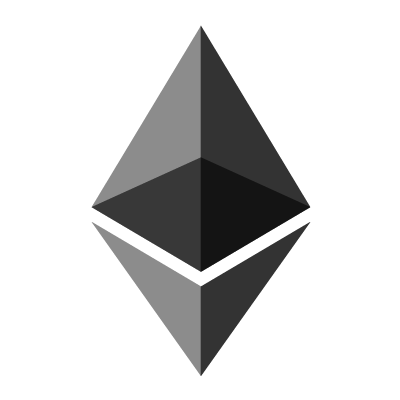Quantative analysis of BUMPER Finance

We provide over 100+ FREE crypto articles on our SubStack! 😀 (Link on our profile). This is not financial advice.
TLDR:
Above is our analysis of Bumper Finance, a protocol that protects users' assets through a risk conversion mechanism. To do this, we need to design a suitable tokenomics that is enough to incentivise the parties to have certain benefits. Also increases the value of $BUMP and the network over time. After designing tokenomics based on reasonable assumptions, we proceed to evaluate and analyse those variables according to TVL and demand for the protocol. Finally, we have the logical results below:
- Cash flow: 528.24% and 174.67% YoY growth
- Ecosystem reward based on the Sigmoid Curve: 36.47%, 69.85%, 94.88% YoY emission of the network incentive
- Total token emission rate: 22.50%, 11.31% YoY inflation rate.
- Token Utility (Demand) Forecast: network incentive would end on month 25. Then, only the protocol’s boost and stake functions would be used to support its future token issuance.
- Circulating Supply Analysis: scenario analysis by ideal and reasonable case. Under the reasonable case, 30% of the token supply will be held whereas 70% will be sold, resulting in a long term stabilised price of the $BUMP token at around $5.50.
- FDV Analysis: the FDV is high as protocol revenue will grow faster than the theoretical value of the token.
General Conclusion
In this article, we analyse Bumper Finance shortly, by breaking down the fundamental drivers of the protocol, token supply, token demand and market activity.
- First, we analyse protocol cash flow, in comparing to similar price protection protocols.
- Secondly, we examine the token supply model, including creating an additional sigmoid function in token distribution.
- Thirdly, given the various incentive policies designed by the Bumper team, we study and report on the internal demand function of the token.
- Fourthly, we combine cash flow, token supply and dynamics of token demand analyses into a circulating supply analysis, giving two possible scenarios – ideal and reasonable.
- Fifthly, we give our insights to the fully diluted value (FDV) analysis, as a proxy to the analysed performance of the token and ecosystem.
- Finally, we provide some provide some insight into our some discussions and iterations we had, with the Bumper team which precipitated several enhancements given our insights, to improve accuracy of the model and analysis.
What Is Bumper Finance?
Bumper Finance is a DeFi price protection protocol built on Ethereum mainnet. Bumper provides a mechanism by which holders of the underlying asset can maintain the value of their position against a decline in the price of this asset in the market.
Bumper Finance works by transferring risk to the risk-taker (Maker) and receiving some income from the risk-averse party (Taker).
Bumper is a price insurance protocol.
Bumper’s Token Model
Bumper is a crypto asset price protection protocol. The assets include Ethereum and (wrapped) Bitcoin for their initial release, and this forms the basis of our analysis.
- The core mechanism – price protection for Takers who pay premiums which are collectively earned by Makers – provides the incentives for Makers and Takers to transact with the protocol.
- The native token of Bumper, $BUMP, is used as an access token which is required to be “bonded” (locked) with the protocol to take out a position. The required bond is calculated as a proportion of the $USDC value of the user’s position.
submitted by /u/economicsdesign
[link] [comments]